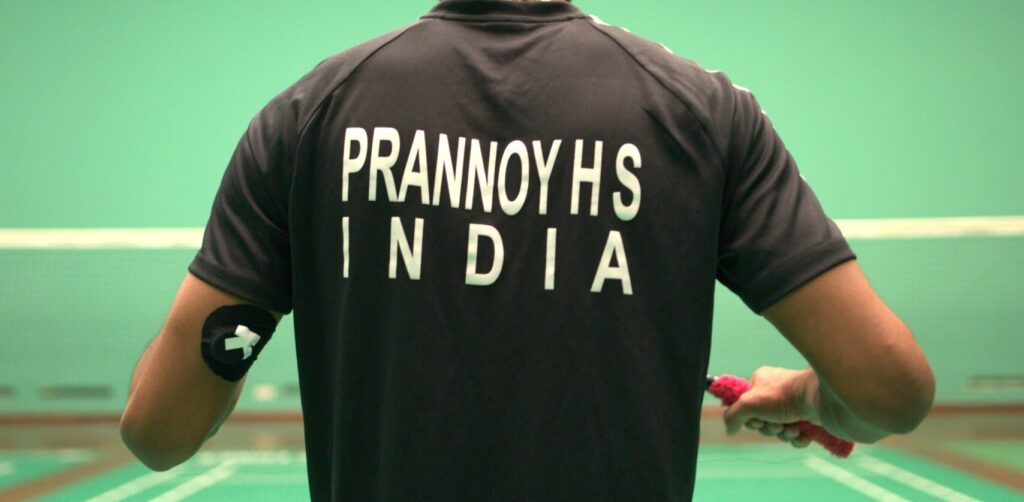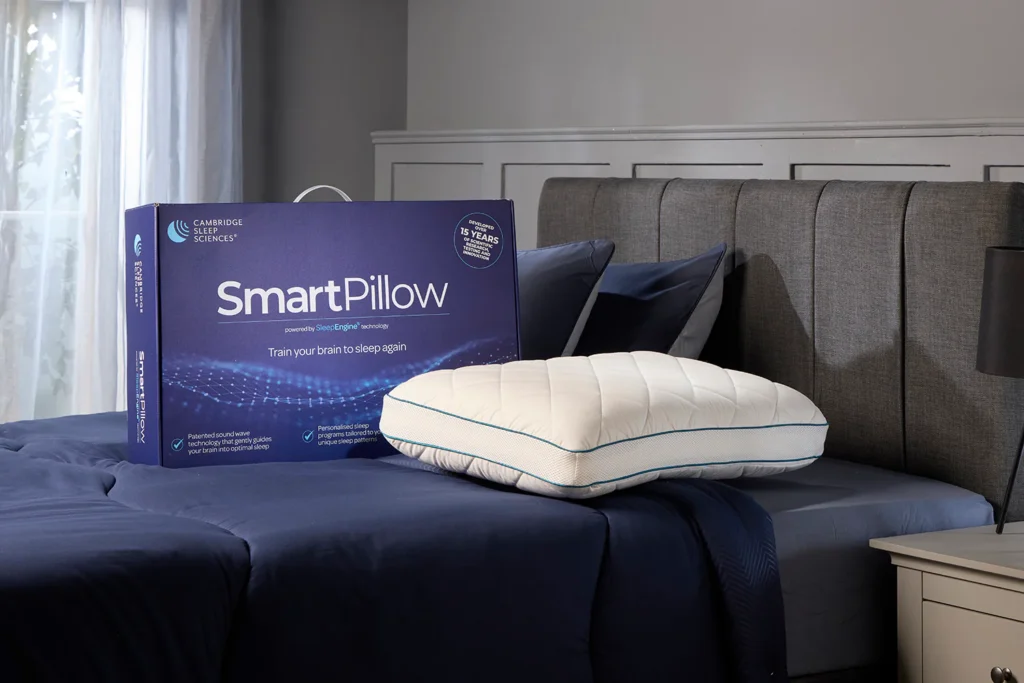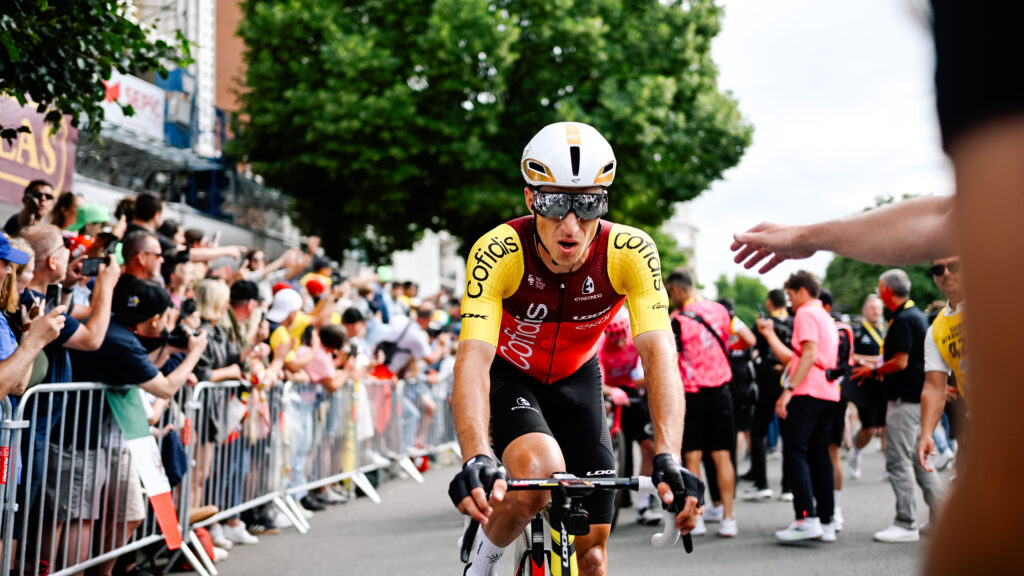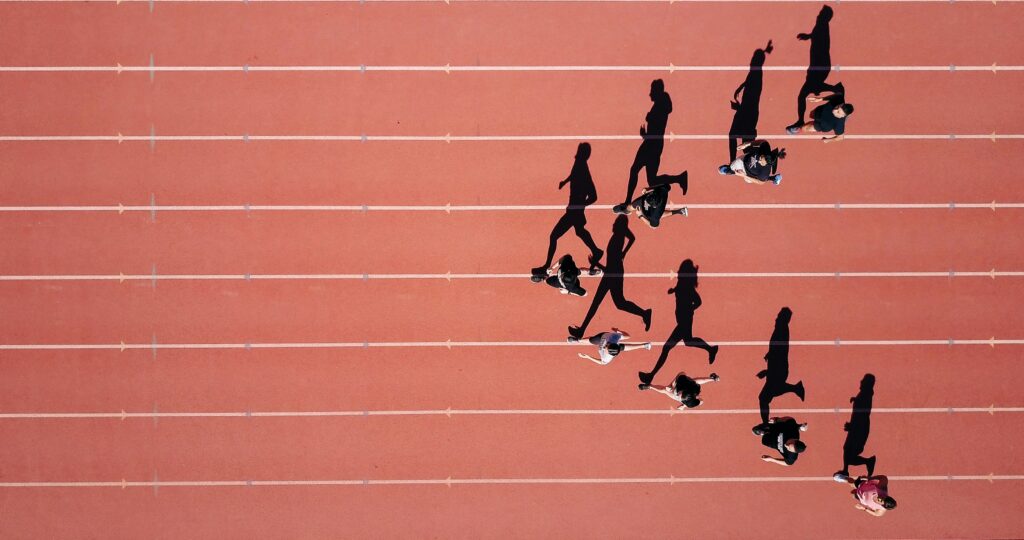Whether it was his performances at the Youth Olympics in 2010, the Bahrain International Challenge in 2011, or his outstanding contribution to India’s historic win at the 2022 Thomas Cup, Prannoy has always been in the limelight with his remarkable talent.
But being a top athlete is no cakewalk. It takes discipline, hard work, and dedication, not just on the court but also off it. Nutrition, mental focus, and recovery all play a crucial role in shaping an athlete’s performance. And who better to talk about it than the man himself?
We recently had the privilege of sitting down with Prannoy to get an insight into the life of a top athlete. In this blog, we will take you on a journey of discovery, exploring the challenges, triumphs, and sheer grit that has made Prannoy one of the most inspiring players in Indian badminton. So, buckle up and get ready to be inspired by the story of this incredible athlete.
Tell us your first memory of playing badminton.
When I was younger, I used to play a lot of sports. I was very passionate about cricket, and I loved to bowl. My first memory of badminton was somewhere around 2001 or 2002. My dad used to play a lot of outdoor badminton, so I would watch him play often. I’d tag along to multiple places in Kerala where he’d play, and I naturally developed an interest in the sport. That’s how I started playing badminton when I was around 10 or 11 years old.
What made you decide to take up the sport professionally?
Somewhere around 2008 or 2009, I was deciding whether or not I should play badminton professionally. It was a tough choice for my parents and me because I was equally good at badminton and studies. But then I asked them to give me two years to play and see if badminton works out for me. We agreed that I’d resume my studies if I didn’t play well in the next two years. So yes, around 2008 or 2009, I decided to give badminton a go, and luckily over the next two years, I had a few good results.
How was your experience tracking your glucose for the first time as an athlete?
The first time I wore the Ultrahuman M1, it was honestly a bit weird because I was wondering how it worked in the first place. And when I got to know that we had to put the sensor inside, I was a bit scared. But after my first experience, it was super easy, and the app was very user-friendly, so that I could understand the workings of the sensor quickly. People were asking me all sorts of questions about the device and how it worked. A lot of them wanted to know about it in detail because the device was quite visible on my hand. A lot of my colleagues in the badminton courts would come up to me and ask about M1. And once I started playing well, people became even more curious about the patch I was wearing. It was a little different, but it got super interesting week after week.
Can you break down your diet?
I think diet-wise, I tried to keep it extremely simple. After using the Ultrahuman M1 sensor, I realised that so many foods don’t work for me. Especially in the mornings, I don’t eat too much. I just have a bowl of muesli with almond milk. That’s it, before my morning session. Sometimes I have bananas with smoothies, but yes, it differs. For lunch, I consume a bowl of rice, veggies and chicken or fish with it so that I have some amount of protein also going in. Before my evening session, I have a smoothie again so that I’m good for the session. At night also keep it relatively simple. I eat maybe millet, chicken and veggies.
So it’s a very straightforward diet. The sensor has made me realise that a ton of things don’t work too well for my body. One such food is pasta. My glucose levels spike massively when I consume pasta, so I’ve eliminated that from my diet. My primary focus is on being fresh for every session and not being lethargic. Through M1 sensors, I’ve come to understand the foods that are causing glucose spikes and making me lethargic. So I just avoid the foods that spike my glucose, and that’s how I manage my diet.
You were diagnosed with gastroesophageal reflux disease (GERD) in 2018. How did this affect your training?
Yes, 2018 and 2019 were extremely tough years for me. I was diagnosed with gastroesophageal reflux disease (GERD), so whenever I would eat anything, it would come back into my throat. I couldn’t breathe very easily while I was playing. We tried a lot of things to help fix that. Initially, a lot of things didn’t work because they couldn’t diagnose the problem.
After about six months, we realised that it was GERD and needed to figure out what was happening to my gut. We had to go deep into examining it, and it took another six months to start getting the right supplements for my gut and changing my diet entirely. I had to stop products like milk and gluten, which adversely impacted my gut. It was a tough time, honestly. More than physically, it took a mental toll on me because I couldn’t play and train daily. I could feel my breathing was affected because of GERD, and I would panic whenever that happened. So yeah, 2018 to 2019 were extremely tough years that I’d like to forget.
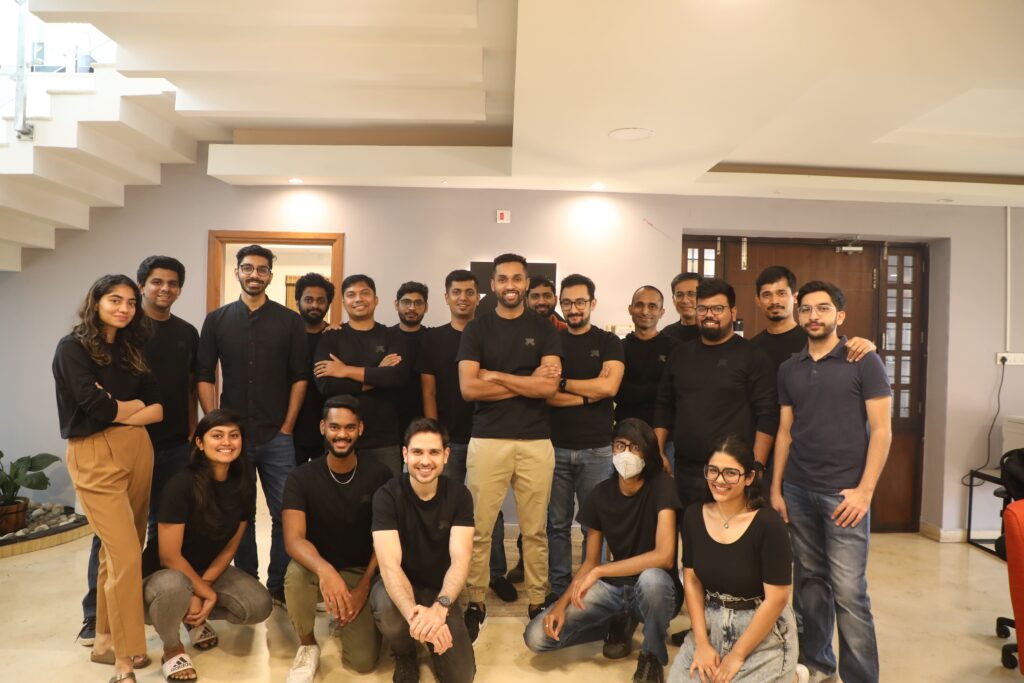
How did Ultrahuman M1 help you optimise your diet?
After 2019 or 2020, things started to get better for me slowly. But with Ultrahuman coming in, things became a lot easier, especially from the point of view of tracking my diet. I have had a team of nutritionists since 2019, and for them to track what I was eating was very important. They needed to know what foods were working for me as it was important for my gut health. This was especially important because we had gotten to a place where my gut was doing well. We wanted it to be consistent, and I think that’s where Ultrahuman M1 came in. My food was now closely monitored so we could see foods that worked and didn’t, and we’d change my diet accordingly. The key was to eliminate foods that caused spikes and made me lethargic, more specifically during competitions. I think it’s really important that we eat the right thing so that we have energy at the right time during the matches.
What has been your biggest challenge when it comes to nutrition?
I think the biggest challenge with nutrition has always been consistency. I am still struggling with this, but my consistency over the last few years has increased. It’s been much better, but I still have a long way to go and keep improving.
How has glucose monitoring helped in improving your performance on the court?
It’s all a vicious circle on the court where once you’re consistent with your food, your gut improves, and then the number of good sessions you have in training rapidly increases. Further, the quality of the sessions rapidly increases because your energy levels are high. So I think what has changed for me in the last two years is the high number of good quality training sessions I’ve had. I can greatly feel the freshness coming into my sessions, even after a heavy session. I think I started recovering well for the next day’s session, primarily because of my diet control. It has helped me achieve great results.
How do you train your mind? What is your process on the court?
For any athlete, their mindset is super important. We usually try to focus first on improving our physical or nutritional aspects. However, there is a big need and scope for working on our mental health as well. We don’t think too much about mental health because we just assume we are strong enough. But training the mind is equally important no matter how much we deny it. I’ve been doing a lot of sessions which focus on my mental training side by side, which has helped me immensely in the last couple of years. Getting into situations where I’m uncomfortable, where I get irritated, where I get pissed off and learning how to navigate these situations have been so important in my overall development. It’s really important for every athlete to seek help and to speak to people who are qualified to guide them through these situations because, on the court, there are so many things that can happen that can make you uncomfortable. Getting to the peak of your game and becoming comfortable in those situations is critical to delivering your best on the court. So it’s a constant hustle where you keep training the mind and find new ways to tackle each situation.
Ever since you’ve started using a continuous glucose monitor, what insights have you gained?
The Ultrahuman M1 has brought about a lot of changes for me in the past year. What particularly helped me was being able to see how well-fueled I was for the session, which is a parameter I don’t think I’ve seen anywhere else in the world. After every session, you’ll know how well your session has gone regarding energy levels. So that is one parameter which I really loved and which has changed my perspective tremendously on how to eat before the session. Earlier, I wouldn’t eat before my evening sessions, and I slowly started to change that after using the M1. This made a big difference in the quality of my training in the evening session.
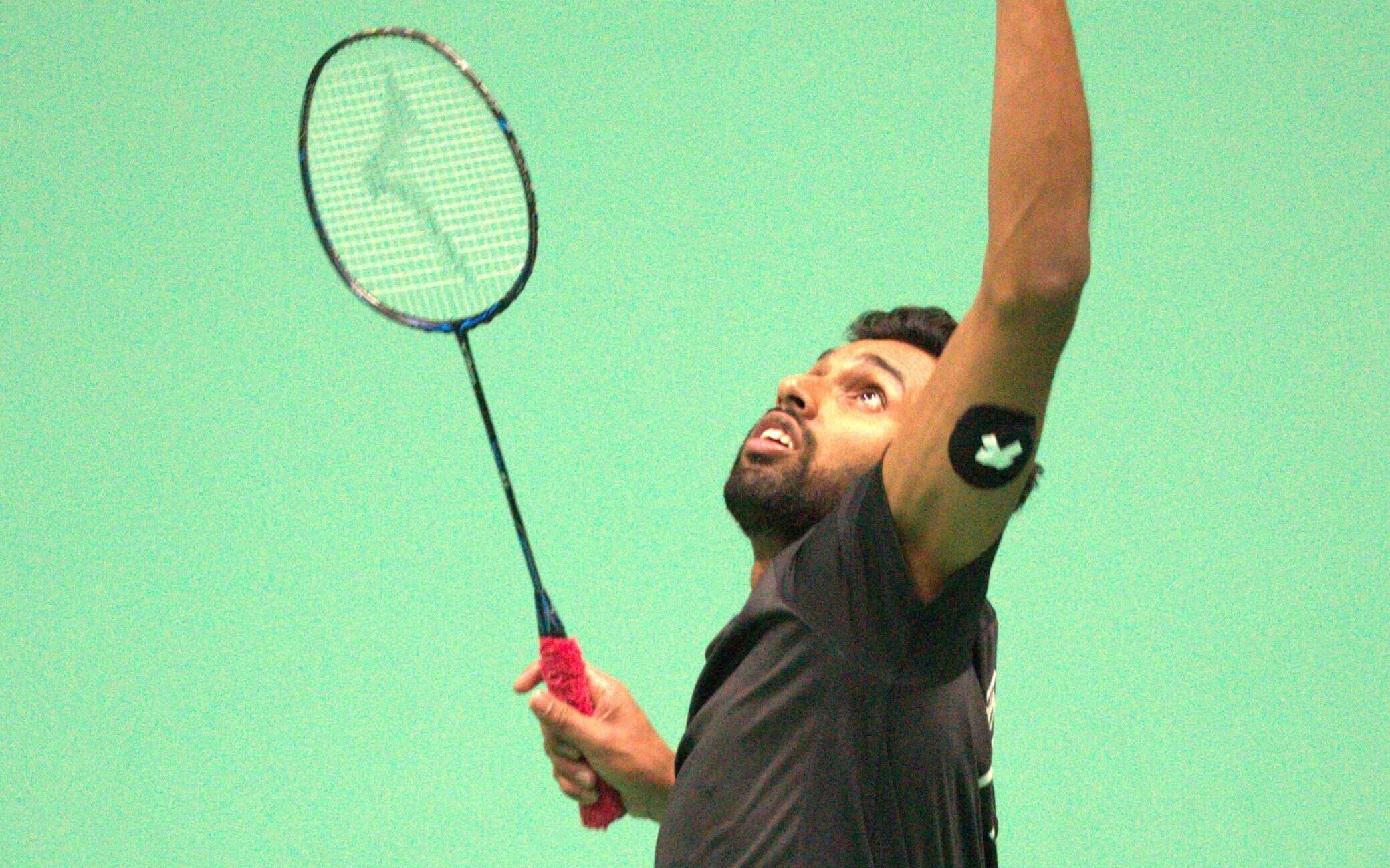
Tell us more about the atmosphere during the Thomas Cup Championship 2022.
Yes! The Thomas cup was a big victory for us as a nation. To be a part of it and to help the team win crucial matches was very important to me. Those situations were tough, though. For me, as a player, there was immense pressure. That’s where my mental preparation came into play. Lots of things which I was working towards in the last couple of years fell into place. The whole tournament, in terms of diet and preparation, was impeccable for me. The timings of the matches were very tough for me to determine since the ties would go on till very late. It was important for me to remain fresh while I was playing late-night matches because I was playing the last singles for the team and it would generally start at around 11:30 PM. So by altering my diet throughout the day, we were able to keep me fresh, and I was able to feel good about my match physically and mentally. It’s the only reason the timing worked out.
Any advice you’d like to give the up-and-coming badminton players?
My advice would be to just hustle and assume that playing at the international level is not a piece of cake. There might be a string of performances where you will come to a certain level, but it’s important to be consistent in your performance. That is what will take you forward: being consistent in every aspect of the game. Whether it’s the physical aspect or the mental one, the most important thing is to be consistent over the years. Staying consistent, honestly, is tough, but you just have to be extremely disciplined daily. Also, make sure to remain consistent with your sleep and nutrition because consistency here will take you to the next level, and that is my only advice to youngsters.
Watching his father play outdoor badminton games in Kerala fuelled Prannoy’s desire to take on the sport professionally. The years 2008 and 2009 were a turning point for the young athlete, and an array of good results on the court motivated him to keep playing.
But it’s never a straight road to success. The twists and turns are always there to test you, to see if you drift away or stay on track.
In 2018, Prannoy was diagnosed with gastroesophageal reflux disease (GERD), which affected his training. However, he overcame the ailment by deepening the examination of his gut and changing his diet entirely.
His advice to young badminton players? Remain consistent in every aspect of the game, the physical and the mental.




